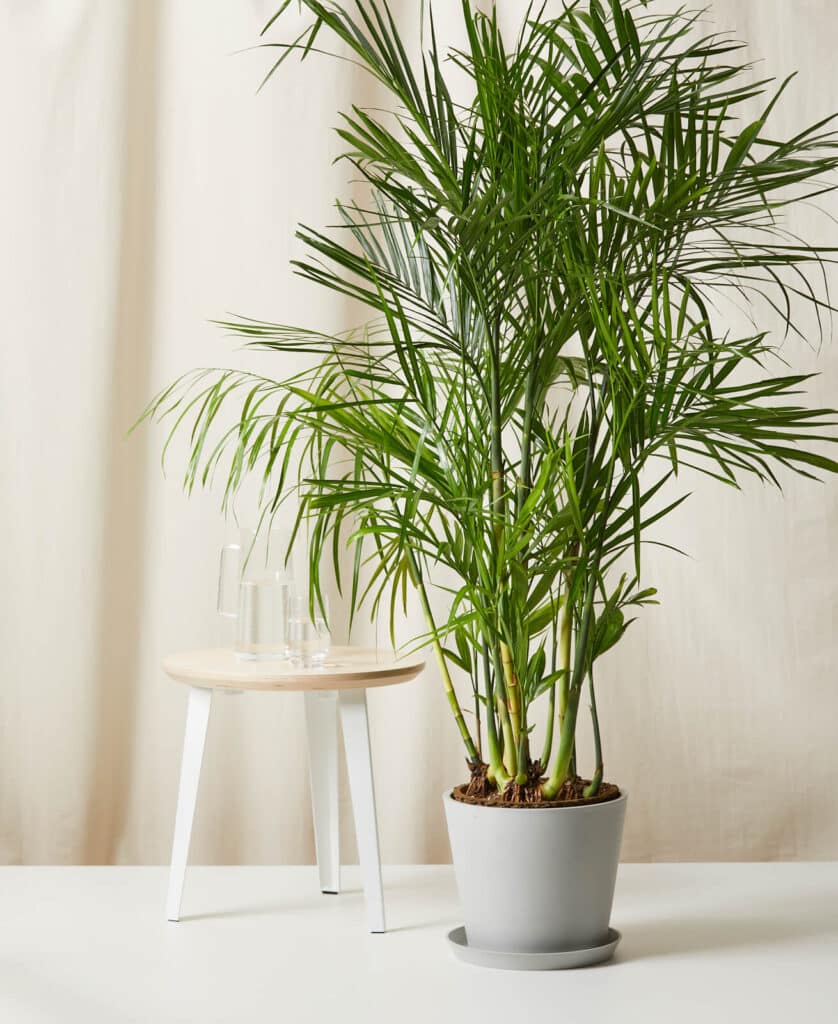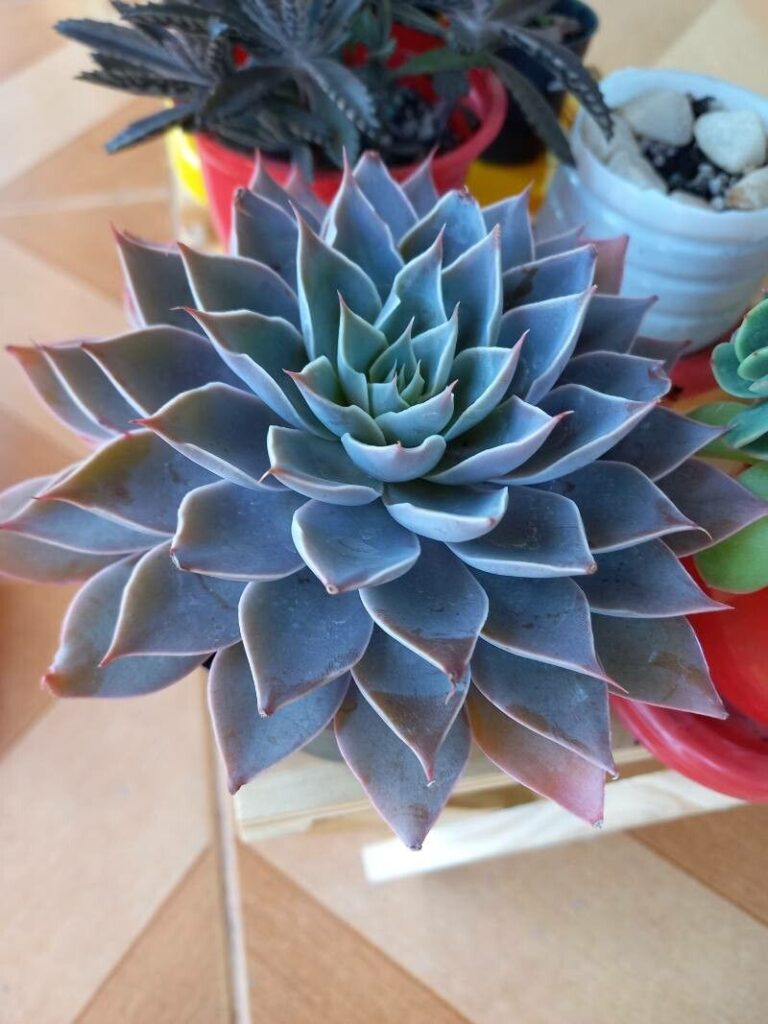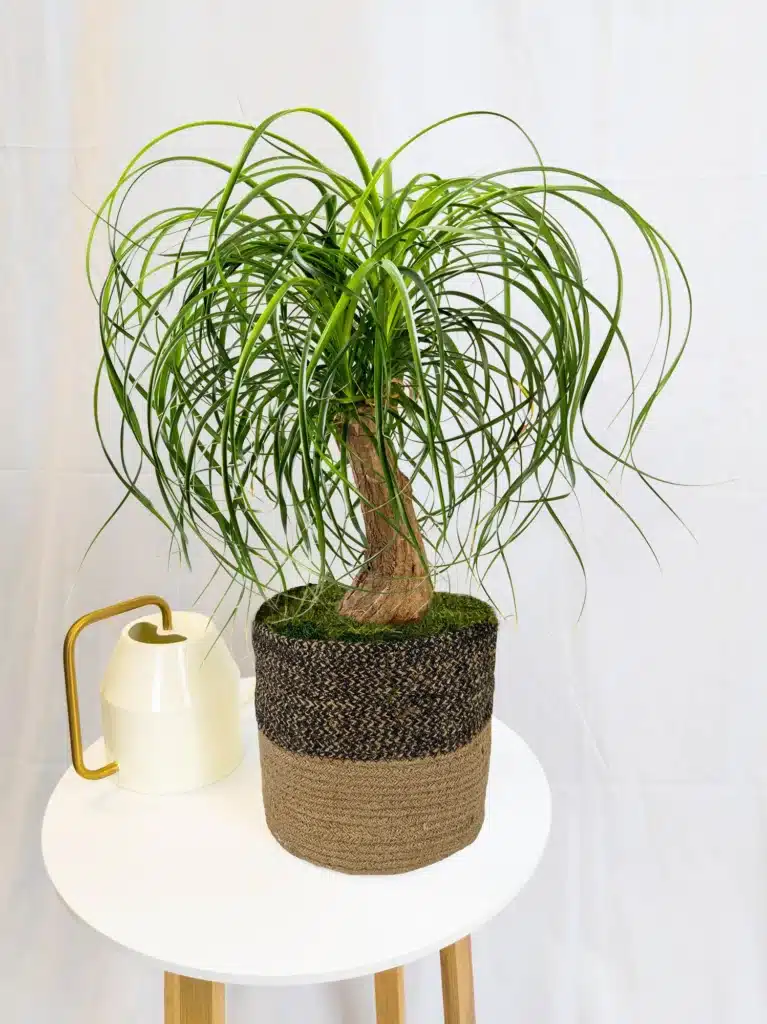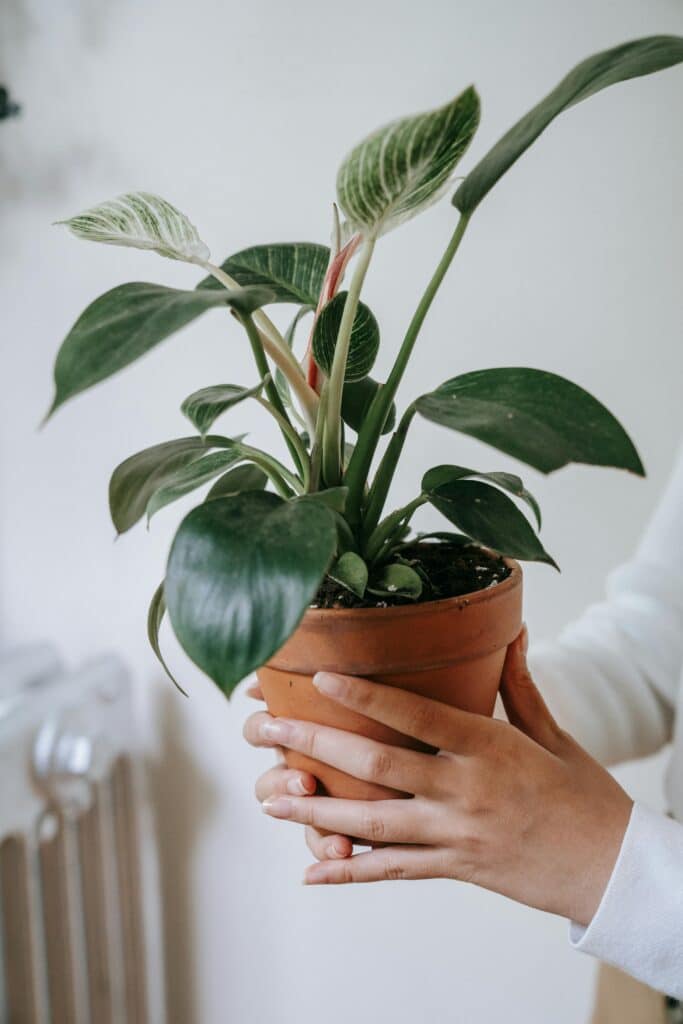Let’s discuss some of the best plants for meaningfully improving the air you breath at home.
If you live in a major city, by a freeway, in an area heavily affected by wildfires, or in an industrial zone, chances are that you are all too familiar with poor air quality. This doesn’t just apply to the air outside though. In fact, the air inside your home is often less safe to breathe than the air outside. This means it’s helpful to know how to reduce pollutants and clean up the air. A high quality air filter can certainly help, but so can good old nature! Here, we take a look at the best house plants for improving indoor air quality.
Before we jump in, here are a few of the top causes of poor indoor air quality:
- Asbestos
- Biological Pollutants – such as bacteria, viruses, animal hair and cat saliva, house dust, mites, cockroaches, and pollen
- Carbon Monoxide (CO)
- Cookstoves
- Formaldehyde/Pressed Wood Products
- Lead (Pb)
- Nitrogen Dioxide (NO2)
- Pesticides
- Radon (Rn)
- Indoor Particulate Matter – this can arise from burning candles, use of fireplaces, unvented space heaters, or kerosene heaters, cigarette smoking, and even some hobbies
- Secondhand Smoke/ Environmental Tobacco Smoke
- Volatile Organic Compounds (VOCs) – such as benzene, formaldehyde, trichloroethylene, toluene, xylene, and ammonia
- Wood Smoke.
A note on the NASA clean air study
In 1989, NASA published their Clean Air Study detailing a project carried out in partnership with the Associated Landscape Contractors of America. This project aimed to find ways to clean the air in space stations which, as you might imagine, is circulated many times over. The results of the study suggested that certain common indoor plants can help remove many of the hazardous air pollutants we’ve talked about numerous times in this course, including volatile organic compounds (VOCs) like formaldehyde, benzene, and trichloroethylene.
One of the key takeaways from the study, though, even before we get to the plants themselves, is that simply having one plant per 100 square feet can help clean the air efficiently. So, if you have an open plan studio living space measuring 20 foot long by 20 foot wide (400 sq. ft.), you’re aiming for at least four plants.
The best plants for indoor air quality
Areca palm

(view on Home Depot)
The Areca palm was the best air purifying plant tested in NASA’s study and, conveniently, is super easy to grow indoors, even for beginners.
Parlour palm

Parlour palms are excellent at removing volatile organic compounds from the air, including benzene, formaldehyde, trichloroethylene, toluene, xylene, and ammonia.
Lady palm AKA Bamboo palm

(view on Bloomscape)
Lady palms are another great choice as these plants help remove VOCs from the air including benzene, formaldehyde, trichloroethylene, toluene, xylene, and ammonia.
Florists chrysanthemum
This pretty flowering plant helps to remove benzene, formaldehyde, trichloroethylene, toluene, xylene, and ammonia. It can be toxic to humans though, so is best for adult-only households or homes with older children.
English ivy

English ivy is an invasive species in North America, but is a great plant to grow inside. In addition to being relatively easy to care for, and offering an attractive trailing plant that can be draped for decoration, English ivy helps remove benzene, formaldehyde, trichloroethylene, toluene, and xylene from the air.
Variegated snake palm

(view on The Sill and Home Depot)
If you have a habit of killing indoor plants, try your not-so-green-thumb with a variegated snake palm. These upright, spiky, stripy palms are very tolerant of neglect and love to live in a pretty crowded pot, meaning they offer an attractive shot of greenery while taking up little floor or shelf real estate. Oh, and they help filter benzene, formaldehyde, trichloroethylene, toluene, and xylene.
Dracaena

Red-edged, Cornstalk, Warneckei (view on Bloomscape), and Janet Craig varieties
Another great choice for removing benzene, formaldehyde, trichloroethylene, toluene, and xylene from the air, Dracaena plants are not too tricky to care for and can grow nice and tall even in a skinny pot. To make these plants happy aim to keep the soil moist but not soggy. Dropping, yellowing leaves suggest you’ve overwatered or that the soil isn’t able to properly drain. The Dracaena Janet Craig is especially good for rooms where formaldehyde and xylene are a problem, such as newly carpeted rooms.
The Boston fern

(view on Home Depot)
I love Boston ferns as they can be visually soothing and fun to run your hands through. They also happen to be an excellent choice for improving indoor air quality and are non-toxic. Boston ferns love a slightly humid environment, making these ideal for bathrooms with indirect light, studios that get a bit steamy in summer, and also for yoga spaces and solariums.
Spider plants

(view on Plants.com)
Spider plants are a great starter plant if you’re new to indoor gardening. They’re fun and easy to care for, with the potential to make little spider plant babies for friends and family, and they remove carbon dioxide and nitrogen dioxide from the air.
If you need one, let me know. I have so many spider plant babies, I don’t know what to do with them all!
Christmas cactus

(view on Home Depot)
Easy to care for, a source of color in the winter months, and easy to propagate for quick gifts, the Christmas cactus is also known for removing carbon dioxide and releasing oxygen at night, helping to keep air fresh while you sleep.
I love Christmas cacti, and it always bring me joy when mine bloom in winter!
Prayer plant

(view on The Sill)
This plant’s leaves fold up at night as the plant ‘sleeps’, but don’t let that fool you into thinking it’s not doing anything. This popular plant is one of the best indoor plants for removing carbon dioxide from the air.
Blue Echeveria

(view on The Sill)
Also called hens and chicks, this cute little succulent is very hard to kill and helps remove air pollutants.
Ponytail palm

(view on Home Depot and The Sill)
The ponytail palm is actually a succulent and is a low maintenance and fun feature plant that also helps clean the air.
Peace Lilies
While not safe for small children, the Peace Lily is great at removing toxins such as formaldehyde, benzene, and trichloroethylene. Peace Lilies can also release moisture to help control the humidity indoors, which can help keep airborne allergens in check.
Philodendron Birkin

This pinstriped plant can grow up to 3 feet tall with care and helps keep air healthy and fresh. It is not safe for small children though.
How to set up your indoor garden
If your main concern is indoor air quality, it’s not enough to just choose plants that help filter airborne toxic chemicals. You’ll also want to use organic potting soil that’s free of fertilizers or other chemicals that might be harmful if they become airborne or are accidentally ingested by pets or children. Also, your choice of plant pots can make a difference too. It’s best to avoid plastic, wooden plant holders that have been glued together or made with fiberboard, and ceramics that have been painted with toxic glazes and lacquers.
It’s also worth noting that the NASA study found that microorganisms in the soil also play a significant role in cleaning the air. The better established a plant and the larger the leaves, the more toxic chemicals were removed from the air. The researchers also noted that removing the lower leaves of plants to expose the soil to the air helped remove greater amounts of air pollutants, whereas covering soil with pea gravel reduced the benefits significantly.
So, when setting up your indoor garden, choose your plants, pots, and soil wisely and keep the soil nourished while your plants grow and work their magic!